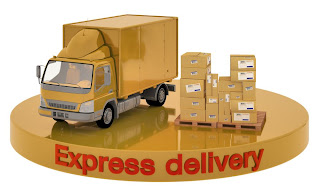The main dangers most associated with faulty electrical equipment are electrocution and fire. The Health and Safety Executive (HSE) logs around 1000 accidents at work every year due to electrical shocks and burns – around 30 of which will result in a fatality.
Those considered most at risk are people working with electrical plant or machinery and people working on construction sites.
The three most likely causes of electricity-related death or injury occur from:
Individuals coming into contact with ‘live’ equipment, thinking it to be dead.
Those working around live equipment who have failed to take adequate precautions.
Misuse of equipment, or continuing to use equipment which is known to be faulty.
Even if you work in an environment which is not considered particularly hazardous, electrical installation testing carried out by a qualified electrician at regular intervals is essential to ensure the well-being of yourself and your team.
The Electricity at Work Regulations 1989 stipulates that employers, employees and the self-employed have a duty of care to ensure that their:
Electrical systems are constructed so as to prevent danger.
Electrical systems are properly maintained so as to prevent danger.
Operatives can use, work on, and close down electrical systems in a way that prevents danger.
The Regulations also make mention that special care must be given to electrical equipment which is to be used in extreme temperatures, corrosive conditions, or otherwise hazardous environments, to ensure that the equipment is protected and does not become dangerous.
The Regs also state that only those operatives with adequate knowledge, experience and under proper supervision should work with electrical equipment that is capable of causing injury or death.
In addition, the legislation lays down the circumstances in which a report of an accident or incident must be made to the HSE.
It is worth getting acquainted with the latest legislation, but broadly speaking this criteria is:
Injury to an employee through an electric shock or burn which leads to the employee becoming unconscious, requiring resuscitation or being hospitalised.
An electrical short circuit which causes a fire or explosion.
Plant, machinery or equipment which comes into contact with overhead power lines.
As well as the formal electrical installation testing your appointed electrical contractor will carry out as a matter of course, it is well worth inspecting plugs, sockets and cables (while appliances are unplugged) on a regular basis.
These visual inspections should indicate if there is wear and tear damage to peripherals so you can get them replaced before a serious incident occurs.







